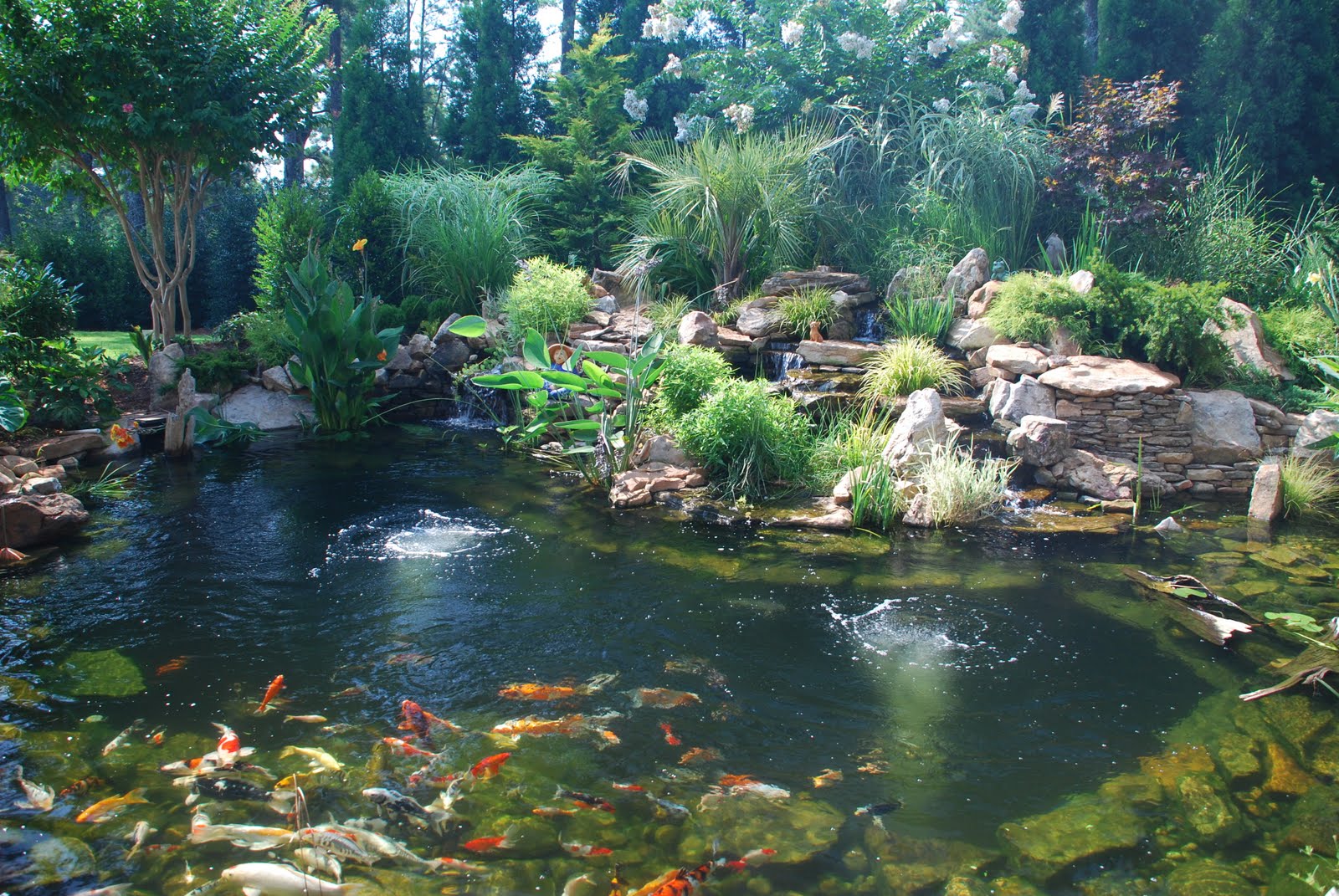
Boost Your Koi Pond: The Ultimate Guide to Increasing GH Naturally
Introduction
Koi keeping is a relaxing and rewarding hobby for millions of people worldwide. However, maintaining a healthy koi pond requires a lot of effort and knowledge. One of the essential factors that influence the well-being of your fish is water quality. The GH level (general hardness) is a crucial parameter that you should monitor and maintain within a specific range to ensure optimal health and growth for your koi. In this article, we will teach you how to increase GH in your koi pond naturally and prevent many common problems caused by a low GH level.
What is GH in Koi Pond?
GH stands for general hardness, which measures the concentration of dissolved minerals, particularly calcium and magnesium, in the water. These minerals have a significant impact on the ability of your koi to maintain a healthy metabolism, develop strong bones and muscles, and resist diseases. Usually, the GH level in a koi pond should be between 200 and 400 ppm (parts per million), depending on the species and the desired water conditions.
Why is GH Important for Koi Pond?
The GH level affects many aspects of the koi’s life, including digestion, osmoregulation, and immunity to diseases. Here are some reasons why you should pay attention to the GH level in your koi pond:
- Low GH can lead to poor growth, skeletal deformities, and muscle weakness in your koi.
- Low GH can also cause osmotic stress, which means that your koi’s cells lose water, leading to dehydration and cell damage.
- Low GH can make your koi more susceptible to diseases and parasites, as their immune system weakens.
- Low GH can affect the pH balance in your pond, leading to unstable water conditions and algae overgrowth.
How to Test GH Level in Koi Pond?
The first step to increasing GH in your koi pond is to measure its current level accurately. You can use a test kit specifically designed for GH, available at most pet stores and online. Follow the instructions carefully, and use a clean container to collect the water sample. Ideally, you should test the GH level every two weeks or whenever you notice any behavioral or health changes in your koi.
How to Increase GH in Koi Pond Naturally?
Now that you know why GH is crucial for your koi’s health and how to measure it, let’s explore some practical ways to increase GH in your koi pond naturally. Here are some tips and tricks that you can implement today:
1. Use Mineral-Based Substrates
One of the most effective ways to increase GH in your koi pond is to use mineral-based substrates, such as crushed coral, limestone, or oyster shell. These materials are rich in calcium and magnesium, which will dissolve slowly in the water and boost the GH level. Plus, they provide a natural and attractive substrate for your koi to explore and forage.
2. Add GH Boosters
If you need to increase GH quickly or prefer a more targeted approach, you can add GH boosters, available in liquid or powder form. These products typically contain calcium, magnesium, and other minerals, and can raise the GH level by a few units per application. However, be careful not to overdose the GH booster, as it can have adverse effects on your koi’s health and the water quality.
3. Use GH-Enhancing Filters
Another way to increase GH in your koi pond is to use specialized filters that enhance the GH level. These filters usually contain a mineral media or a resin that releases calcium and magnesium ions into the water as it passes through. Moreover, they can remove toxins and impurities from the water, improving the overall water quality and clarity. However, these filters can be expensive and may require more maintenance than conventional filters.

4. Use GH-Rich Water Sources
If your koi pond receives water from a well or public water supply, you can check its GH level beforehand and choose a source that is naturally rich in minerals. For example, groundwater from limestone formations or volcanic rocks tends to have a higher GH level than surface water or rainwater. You can also consider collecting rainwater and adding mineral supplements to increase its GH level naturally.

Conclusion
Maintaining a healthy GH level in your koi pond is vital to ensure the well-being and longevity of your fish. By using mineral-based substrates, adding GH boosters, using specialized filters, or choosing GH-rich water sources, you can increase GH in your koi pond naturally and prevent many common health and growth problems. However, remember to test your koi pond’s GH level regularly and adjust your approach according to your koi’s needs and the water conditions. With these tips and tricks, you can be sure to enjoy a thriving and beautiful koi pond for years to come.